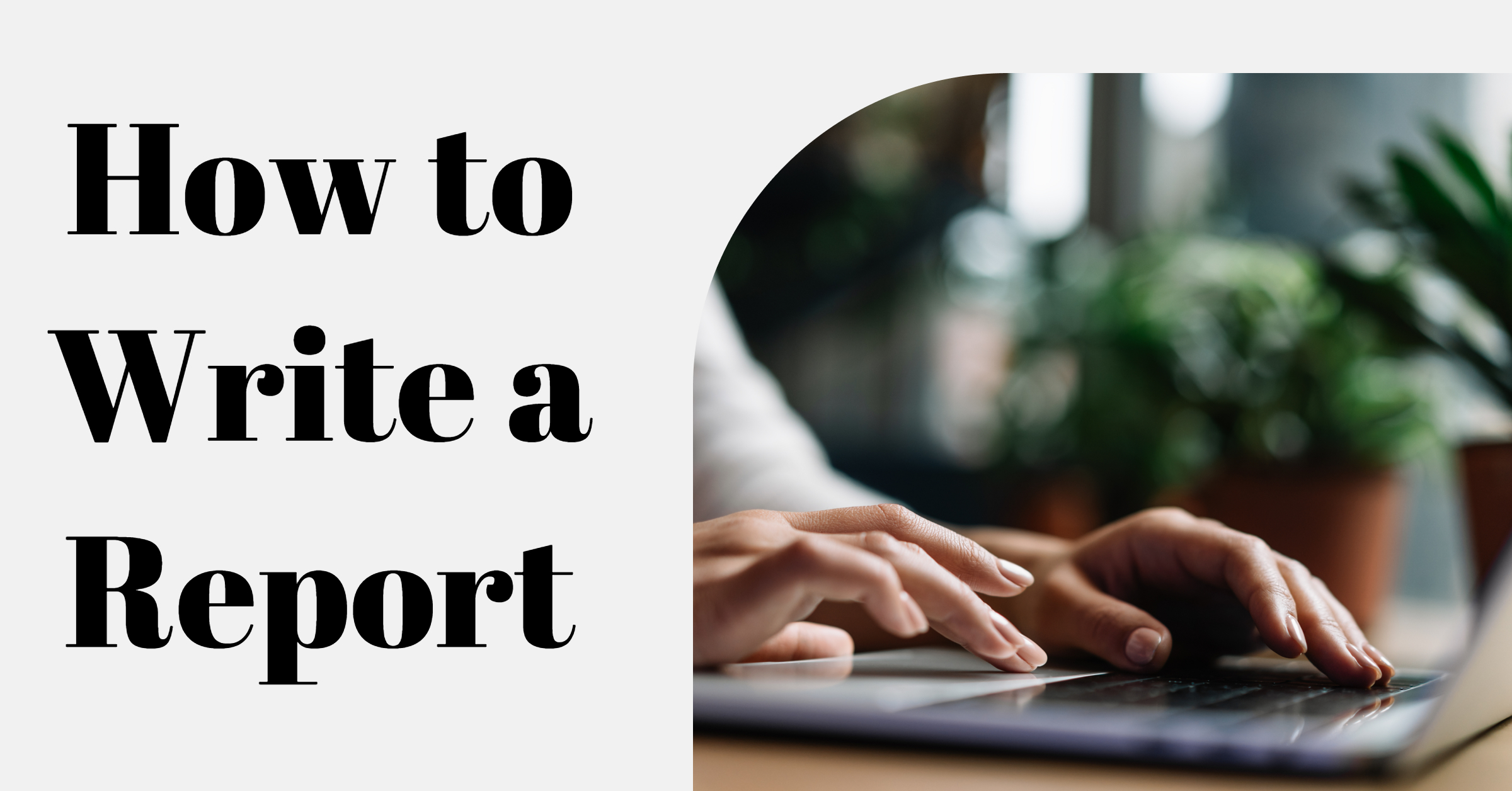
A report is a piece of literature that tries to communicate and account for a situation from several viewpoints, that is, something that is the subject of a complete inquiry. A report can be asked in any field, including work, student, university, commercial, and so on, but in order to write them appropriately, some key components of their composition must be considered. Two examples of well prepared reports are provided at the end of the article: a scientific report and a psychological report. Learn how to write a report appropriately in this post.
Steps to Follow:
Step 1:
To understand how to write a report, it’s first necessary to dispel any misunderstandings about what a report is. In general, a report is a text describing a situation or event that describes the features or progression of the situation or event. It is based on observation and is perfect for giving the reader all the information they require about what occurred.
The language used in a report should be clear, precise, concrete, and objective. Avoid using personal expressions I believe, I think, I would like, I wish, etc., which should be replaced by others such as: it is observed, it has been analyzed, it proceeded, etc.
Step 2:
There are several types of reports, including explanatory, interpretive, and demonstrative reports.
- The expository report is a series of events given without the author’s commentary or interpretations; it must provide antecedents that assist the reader understand what is being narrated, such as product sales in commercial stores.
- The interpretive report examines the circumstances in order to draw conclusions and provide suitable recommendations. Conducting an evaluation of educational techniques in a school is an example of this type of report.
- The demonstrative report is the one that comes out of a research project. This section explains the steps taken and the conclusions reached as a result of the findings. It’s also known as a technician or a scientist. Scientific reports, for example, are written after an experiment has been completed.
Step 3:
Setting the purpose, selecting the information, analyzing it, assessing and confirming it, constructing the report, and beginning to work on it are the processes that must be followed in the creation of a report.
Step 4:
Ask yourself the following questions to help you set the goal: For whom is the report written? What good will it be if that happens? So, what exactly do you want to know? What level of expertise do you have in this area? Before you begin writing your report, you should ask yourself these questions.
Step 5:
Define the preparatory phase of the actions you’ll carry out to meet the evaluation criteria you’ve proposed. To extract the data, determine the information sources, human resources, and material resources. Analyze all of the selected data, organize it, and begin making comparisons after it has been extracted.
Step 6:
Evaluate the information and proceed to verify it, combine it, organize it, and write the report. Good reports must state where a piece of information came from. You can accomplish this by adding a number next to the data in question and in the footer, or by including it in an annex at the end of the document.
Step 7:
The report’s format is separated into three sections. Despite the fact that these sections are required in all reports, their content is flexible and must be organized according to the editor’s requirements or the topic to be presented.
The Introduction
The reader will learn about the situation to be dealt with for the first time in the opening of a report. As a result, you must respond to the following questions:
- What event or topic does the report cover?
- Why has this issue been brought up?
- What is the goal of this research and why was it conducted?
- What approaches or instruments were used to conduct the research?
Furthermore, at the end of the introduction, the reader should have a good understanding of how the inquiry has been arranged and how the facts will be presented.
The Development
Development, on the other hand, is the most essential aspect of the report. It is organized into subsections that describe the investigation’s most important components. It should also explain the methods used to generate the results and how they were utilized.
The Conclusion
Finally, like with most studies, the conclusion summarises the findings, summarises the research, and suggests courses of action based on the findings.
Furthermore, it is critical to include a section for the bibliography, which will contain the research sources.
Step 8:
We offer the following suggestions as broad guidelines for your report:
- Write the report objectively; subjectivity will not be tolerated. It is limited to describing the observable facts without expressing any opinions.
- Make a list of all possible information.
- Organize yourself.
- Describe each process in great detail.
- Make a list of the information sources you used.
- Write paragraphs that are brief, clear, exact, and concrete.
- Provide factual information.






